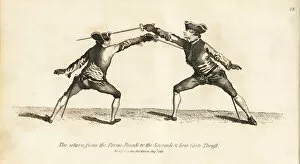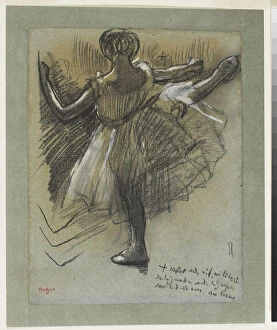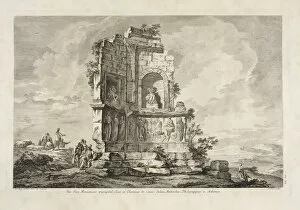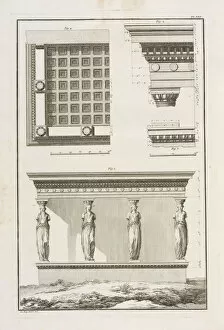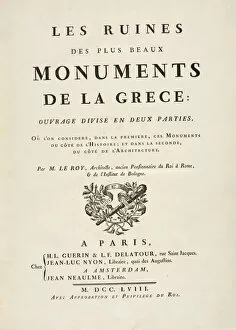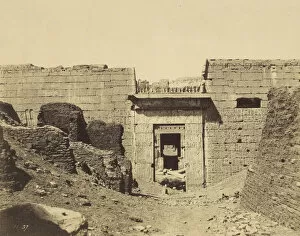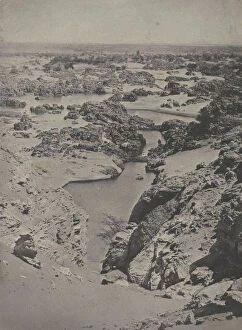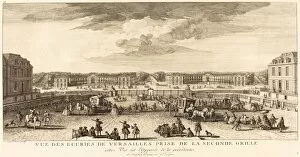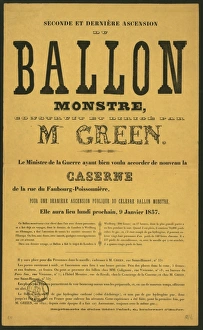Seconde Collection
In the vibrant atmosphere of La Foire Saint-Ovide, on the iconic Place Vendome, during the second half of the 18th century, a spectacle unfolded
All Professionally Made to Order for Quick Shipping
In the vibrant atmosphere of La Foire Saint-Ovide, on the iconic Place Vendome, during the second half of the 18th century, a spectacle unfolded. The engraving captures the exhilarating game of Nicolet and Gaudon, adding to the allure of this historical event. A captivating allegorical representation of Greece by Choiseul-Gouffier transports us to a time when ancient civilizations were revered for their wisdom and beauty. This artwork serves as a reminder of our connection to history and its enduring influence. The Seal of the Second Republic in 1848 symbolizes a pivotal moment in French history. It represents hope and change as a nation embarked on a new path towards democracy and progress. Gentleman fencers demonstrate their skill in various positions - from returning from Prime to making precise thrusts in Seconde. Their elegant movements showcase both grace and precision, reminding us that mastery requires dedication and discipline. As we ascend with Parisian pressmen up temporary ladders leading to the second platform of the Eiffel Tower, we witness an extraordinary feat captured through an engraving. These provisional structures highlight human ingenuity while offering breathtaking views over Paris. A danseuse viewed from behind gracefully performs Grand Battement à la Seconde. Her black chalk drawing heightened with white chalk evokes her fluid movements against green laid paper – an exquisite portrayal frozen in time. Stepping into Musee naval au Louvre's Salle La Perouse offers visitors another perspective - "seconde vue. " Through this engraving, we glimpse into maritime history preserved within these walls; tales waiting to be discovered by curious minds seeking knowledge about seafaring adventures. Transported back to the 18th century once again, gentlemen fencers engage in lunges and parries with finesse. Their expertise showcases not only physical prowess but also highlights fencing's role as both sport and art form throughout history.



